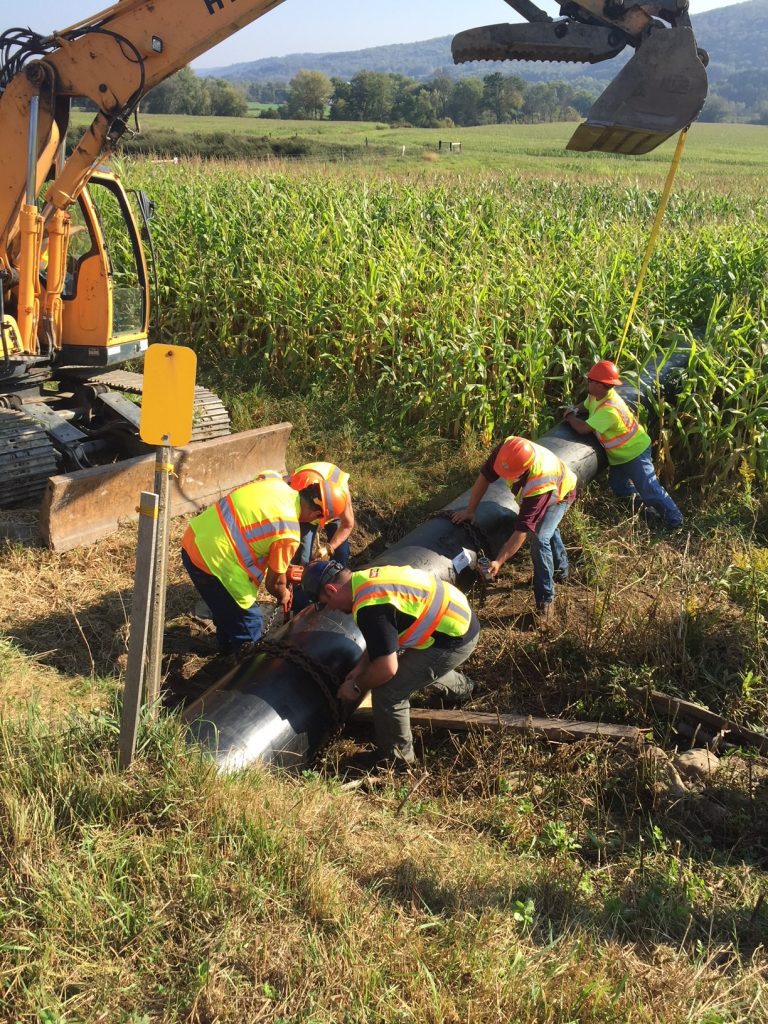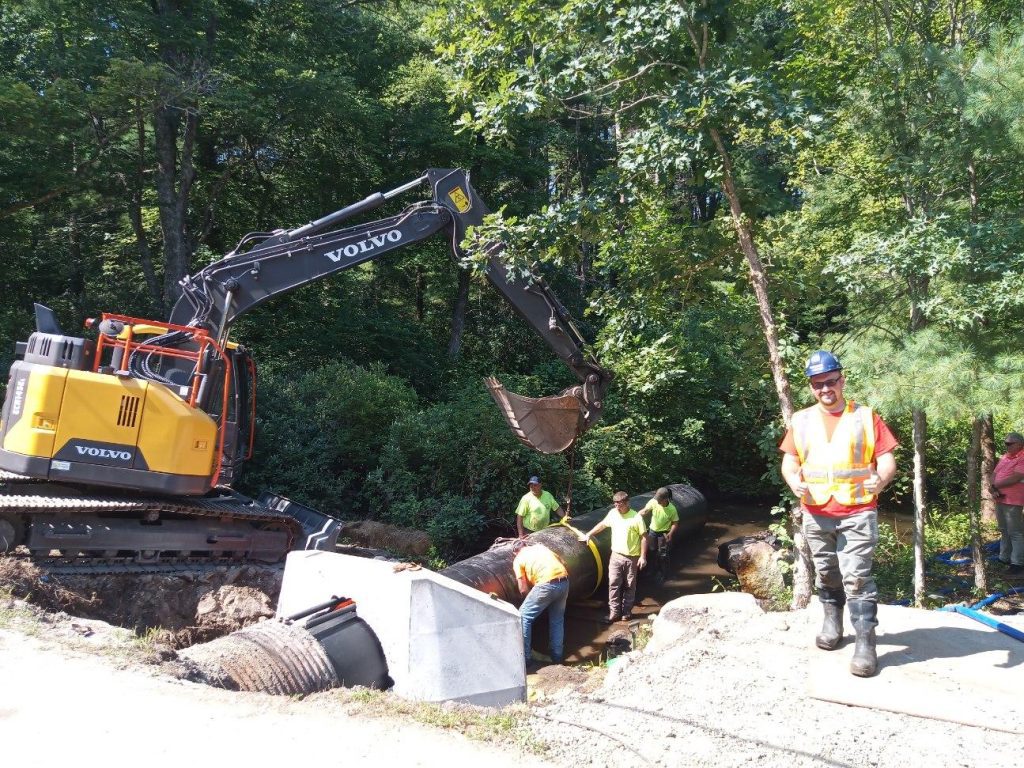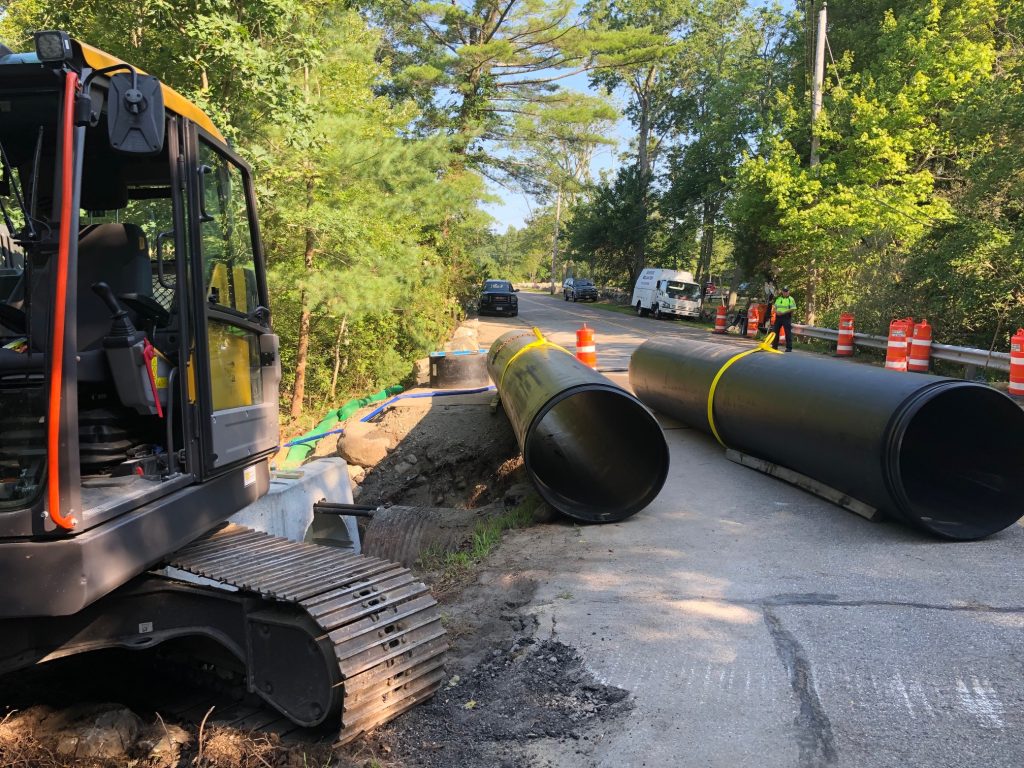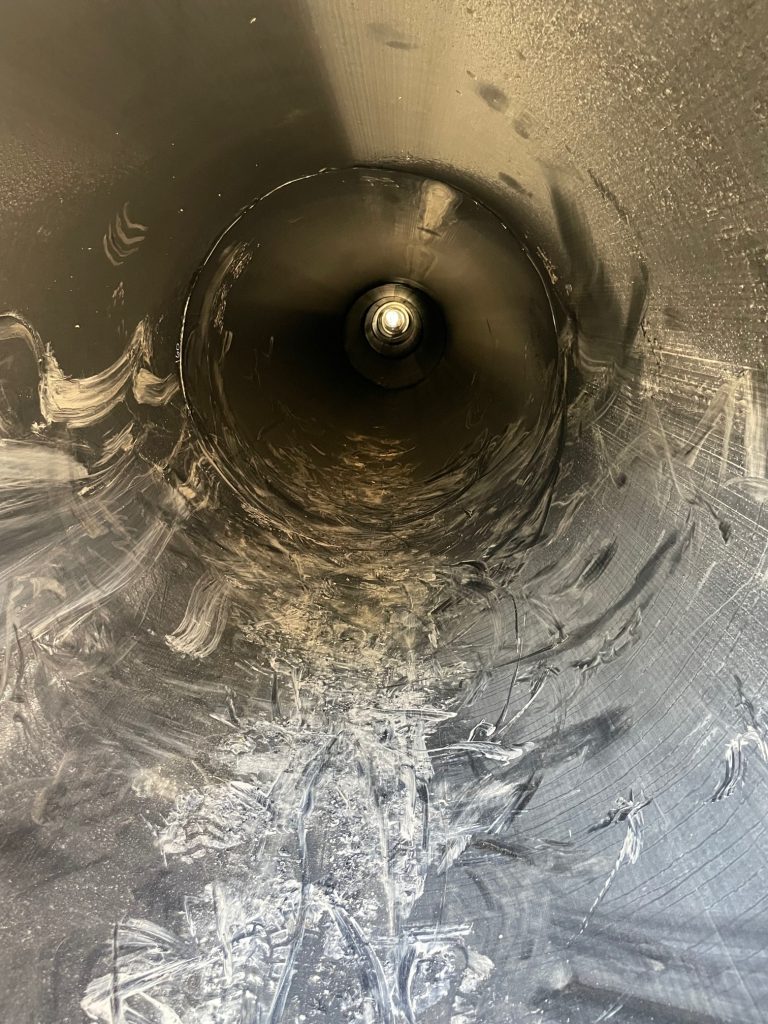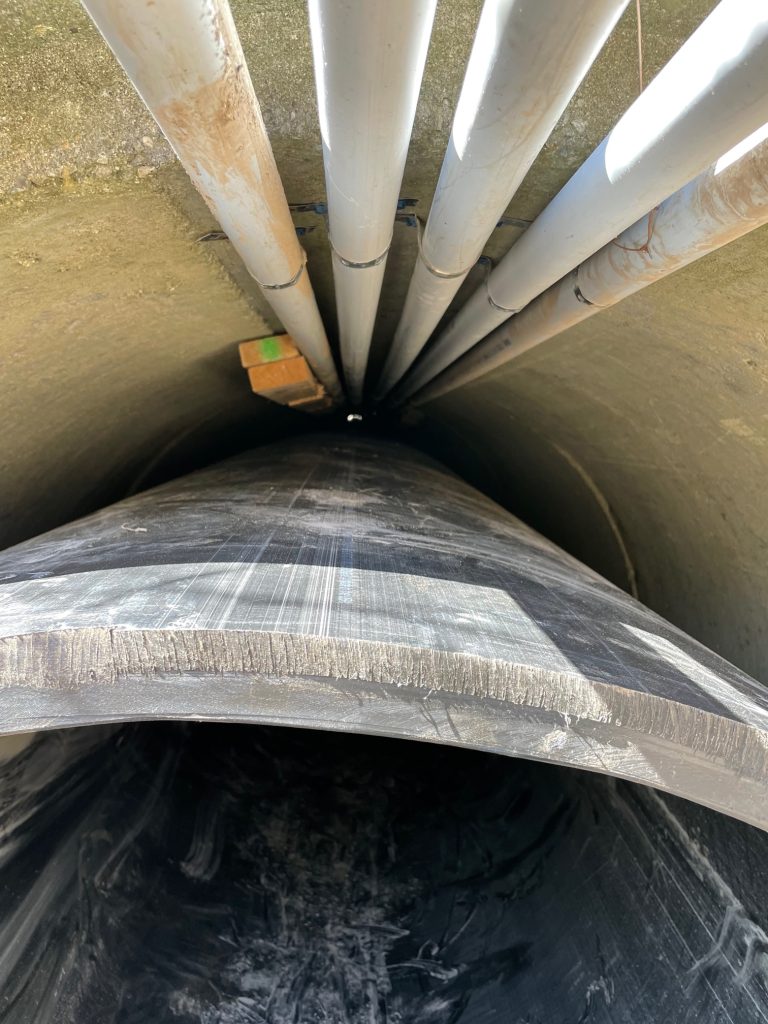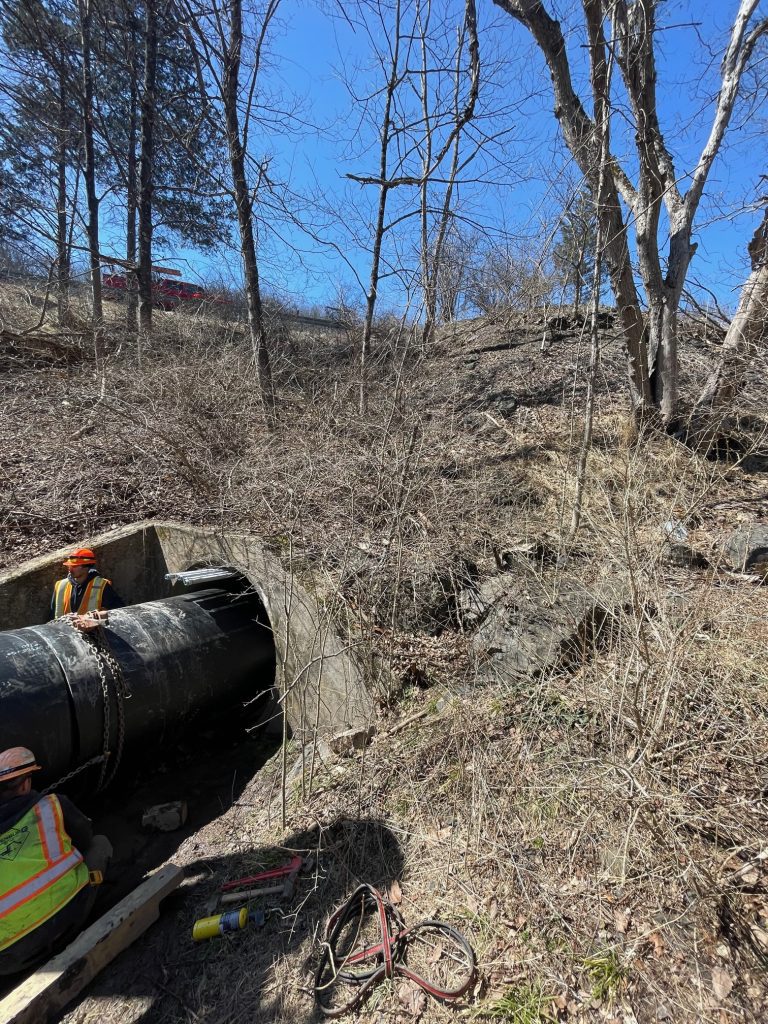When roadway damage from corroded, rusted, and washed-out culverts occurs, deteriorating culverts immediately come to mind — however regularly checking for culvert deterioration and damage is not always part of regular city or municipality planning. The old-fashioned way of replacing culverts is expensive, labor-intensive, and time-consuming.

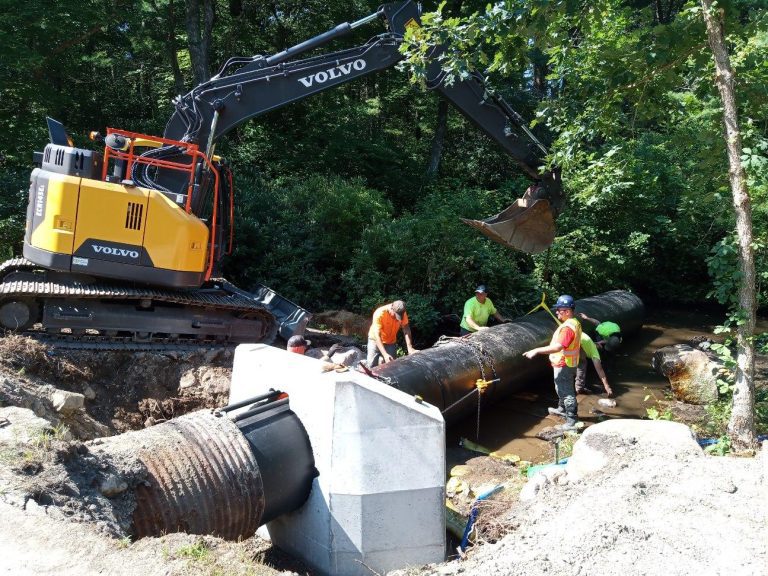
Material Specifications
Snap-tite is a great solution to fix the problem fast. Snap-tite can be installed a lot faster than some other pipe solutions.
Snap-tite is built to last that is why it's engineered to be weather resistant. So it can handle whatever nature throws at it.
Snap-tite is strong so you can rest assured that it will last for many years to come.
As always DL VEWS is right here to help. Got questions about a certain product or ready to make an order? DL VEWS is here to help every step of the way.
